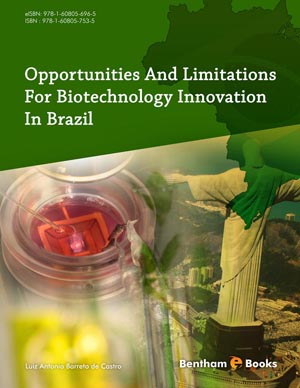Abstract
Biopharmaceuticals are mainly: recombinant proteins, monoclonal antibodies, products derived from nucleic acids and products derived from cells and tissues. The first product was humulin, released 28 years ago. There are 200 biopharmaceuticals approved for use in humans, and all but 2 are proteins. The global market value is close to 100 billion dollars, but there are 2000 products in development process which have not been released yet. As only 0.1% of the products released for human uses are derived from secondary metabolism metabolites, we may clearly notice that even among the 2000 products under development, only a small fraction belongs to the secondary metabolism group. Actually, the biotech pipelines overwhelmed by proteins. The Brazilian Biodiversity (Fig. 1) reserves this space among the biopharmaceuticals to toxins and poisons from reptiles, amphibians and insects, besides various microorganisms and substances from the marine biome. The following analysis, though, describes important adjustments, which are necessary, regarding the laws that regulate access to biodiversity and the patent law.
Keywords: Biopharmaceutical Blockbusters, The Good Law for Innovation, The Subvention law, Biomes - The Amazon Forest, The Caatinga, The Atlantic Forest, The Pantanal, The Cerrado, The Pampas, RENORBIO, The National Institutes for Science and Technology, ALANAC, INTERFARMA, Acheflan, UFC Pharmaceutical Research and Development Center, UFC’s National Laboratory of Experimental Oncology (LOE), Plants, Microorganisms.






















